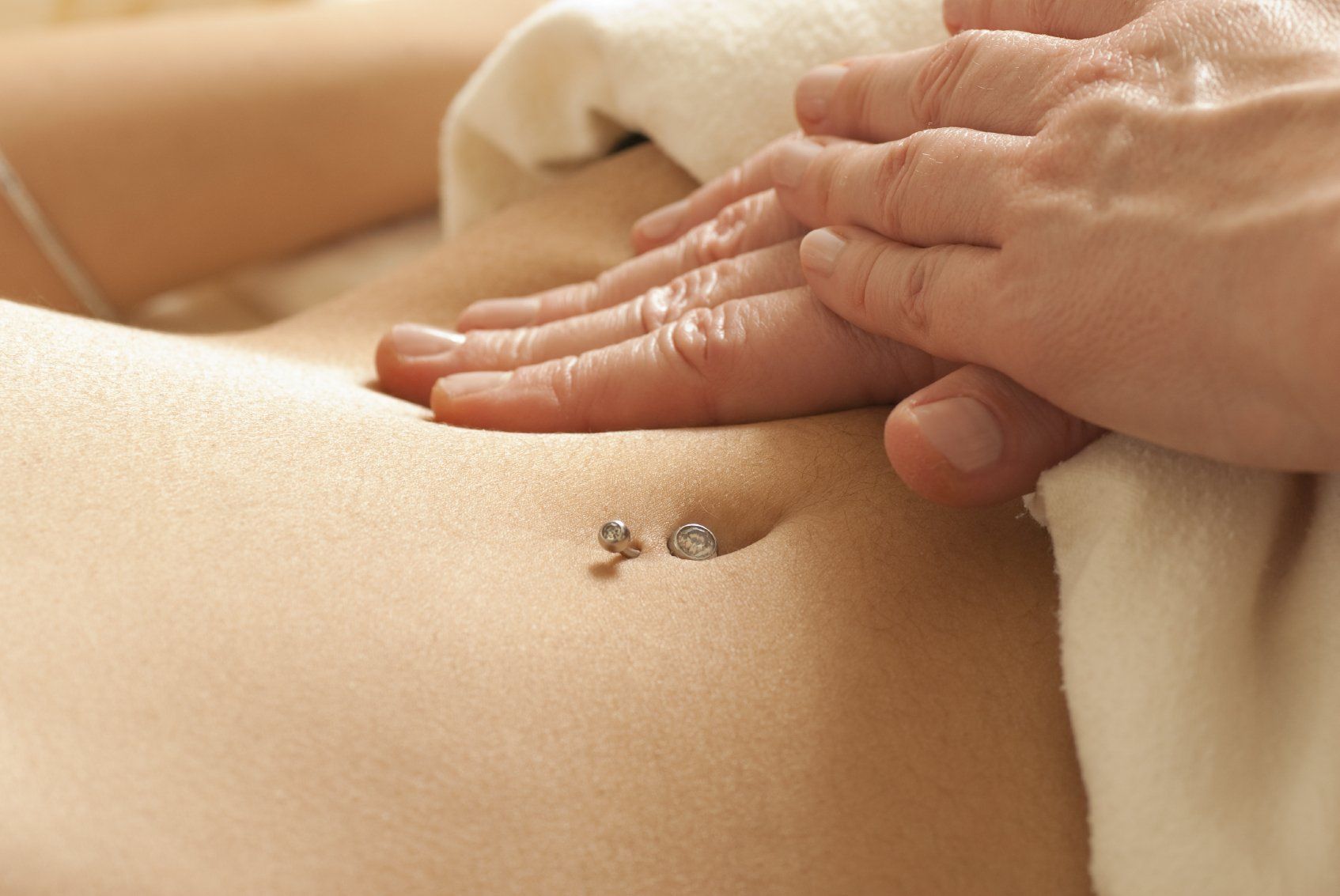OSTEOPATHY DURING AND AFTER PREGNANCY
"Pregnancy is not an illness,
but a miraculous state of emergency."
Author unknown
Find out more about the possibilities and limitations of osteopathy
during and after pregnancy.
Osteopathy during pregnancy
During pregnancy, hormonal changes and postural adjustments place extreme demands on the female body. Loss of mobility during pregnancy can negatively impact the expectant mother's quality of life and also impair the mobility of the unborn child. Osteopathic treatment increases overall freedom of movement, allowing the body to adapt more optimally to the new circumstances.
How can osteopathy help?
Gentle stretching and mobilization can reduce back pain, pelvic pain, and groin pain. Digestive problems such as bloating and belching are positively influenced by relaxing the diaphragm area. Stimulation of blood and lymph flow has a soothing effect on sore breasts, wall spasms, and dizziness.
What is important before birth?
Before giving birth, it is important to relax the pelvic region and diaphragm. Optimal pelvic mobility facilitates the baby's passage through the birth canal. A flexible diaphragm improves the expectant mother's breathing, thus enabling more powerful and efficient pushing contractions.
Osteopathy after birth
During a spontaneous birth, the pressure on the pelvis, among other things, is very high. This pressure, combined with hormonally loosened connective tissue/ligaments and abdominal muscle weakness, can lead to pelvic congestion, back pain, and/or sciatic irritation after childbirth. Osteopathic treatment can restore balance to the body, thus facilitating faster recovery.
After a cesarean section, the scarring and adhesion of the affected tissue layers is often problematic, leading to tight and contracted scar tissue. This loss of elasticity often leads to tension and unphysiological posture. During osteopathic treatment, blood circulation in the tissue is stimulated and the internal fascial crosslinks are released. This makes the scar tissue noticeably softer and more elastic.
What are the limits of osteopathy?
Osteopathic treatments do not replace gynecological aftercare or postnatal exercise.
Does health insurance cover the costs of osteopathic treatment?
Private health insurance companies and supplementary insurance providers recognize osteopathy based on the fee schedule for alternative practitioners (GebüH). The amount of reimbursement depends on your insurance contract.
ManyAdditional health insurance companies reimburse a subsidy for osteopathic treatment. Please refer to the following link: https://www.osteopathie.de/service-krankenkassenliste



